what to do with a coyote with mange
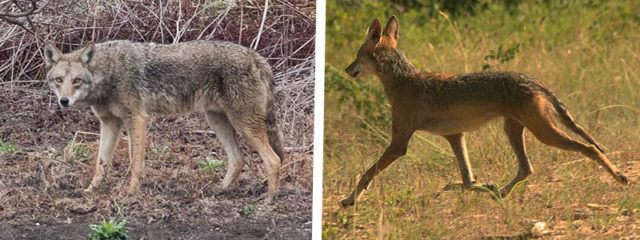
Click to enlarge
Anyone who has spent time observing Coyotes in N Texas knows these animals are particularly susceptible to a terrible disease known every bit sarcoptic mange. This condition is acquired by an infestation of Sarcoptes scabiei–a microscopic burrowing mite. The disease is characterized by hair loss, itching, and secondary infections. A severe case of mange tin event in a Coyote with crusty, scaly skin, and completely denuded of fur.
An infection of this magnitude is almost always a decease sentence for the afflicted fauna. A Coyote with severe mange is susceptible to secondary infections acquired by excessive scratching, and it is vulnerable to cold weather exposure in winter. Tough and smart Coyotes can survive for years with mange, though living with this condition is certainly very difficult and unpleasant.
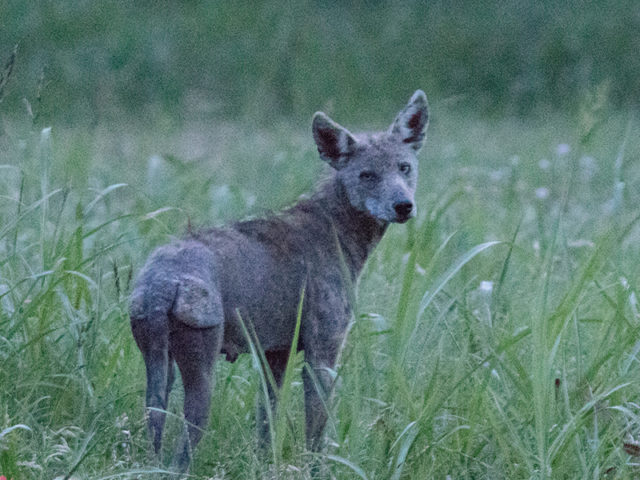
Mange is highly contagious, and an infection tin can be hands spread among other members of a Coyote family group. Some Coyotes seem to be more prone to the disease than others. Information technology's not clear why that would exist the example, simply some people suspect that warfarin–the active ingredient in many kinds of rat and mouse poison–is the catalytic agent.
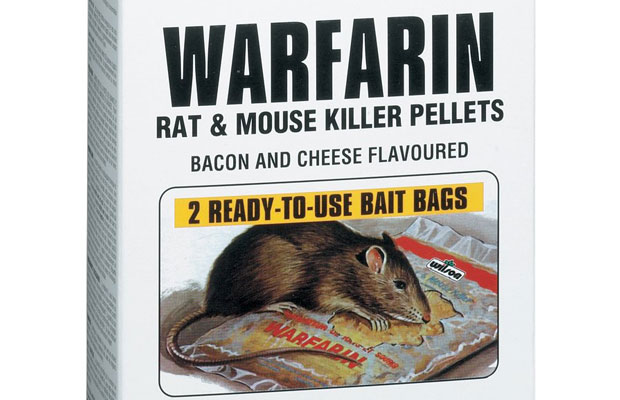
Warfarin is an anticoagulant that causes rodents that swallow it to drain out and dice. Equally the rodent is weakened past the poisonous substance information technology volition become easy prey for any predators that share the ecosystem.
When a Coyote eats a poisoned rodent, it too becomes poisoned–not necessarily with a fatal dose–but with one that is severe enough to compromise the Coyote'due south allowed organisation. Information technology is thought that this may be the mechanism that increases the Coyote's vulnerability to being infected with mange.
The danger of unintended secondary poisoning is why many people abet confronting the widespread use of warfarin. It's not just Coyotes that are affected by eating warfarin poisoned prey. All predators in the ecosystem are similarly vulnerable. Coyotes, Bobcat, Raccoons, foxes, skunks, owls, hawks, and eagles can all be affected by secondary warfarin poisoning. Ofttimes poisoned casualty is inadvertently fed to offspring, robbing the young animals of a successful start in life.
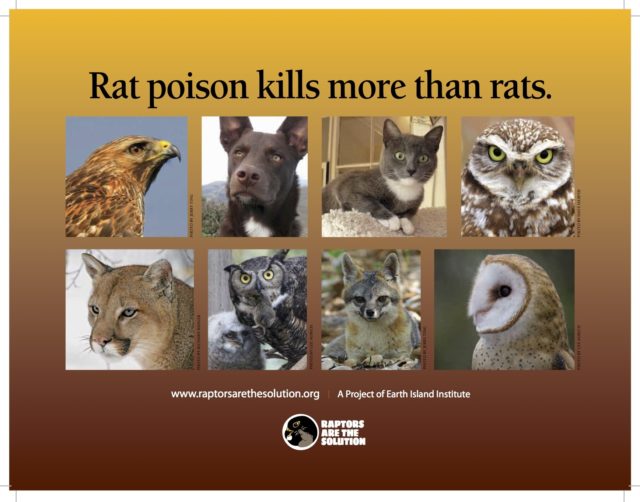
At any level of progression mange looks to be a totally miserable condition. It is difficult to encounter a Coyote in such a country and not feel a deep empathy. Information technology'south very common for people who take encountered an afflicted Coyote to want to assist the fauna in some manner. Just what can exist washed?
As it turns out, at that place are a couple of approaches that can be used in an attempt to treat wild Coyotes with mange, only each comes with a significant ready of challenges. These techniques should just be attempted under the close supervision of an experienced and licensed wildlife rehabber.

The conventional arroyo to treating mange in wild Coyotes is past delivering baits laced with ivermectin. Ivermectin is a medicine used to treat parasitic infections (worms and arthropods) in mammals. Information technology is relatively cheap and generally available without a prescription anywhere livestock supplies are sold.
But ivermectin is a powerful drug. Information technology must be dosed and administered precisely. Adverse reactions are possible, and follow up treatments are required. Besides much ivermectin and y'all may poison the animal you lot are trying to help. These factors–combined with certain specific Coyotes behaviors– make it very difficult to effectively medicate wild Coyotes.
Coyotes oft defend a territory as a family grouping, which typically include anywhere from ii to v individuals. This social behavior makes information technology extremely challenging to target individual Coyotes in the grouping for treatment. Fundamental to success is being able to positively identify individual Coyotes–this is seldom trivial. Even when properly identified, medicated baits left for one Coyotes tin can readily be consumed by another fellow member of the family group. And because of the danger of overdosing, this kind of haphazard drug commitment is but not practical. A great deal of serendipity is required to get the right amount of medicine to the correct Coyote.
Trail cameras can be used to help confirm which Coyote has been medicated, just this is non a foolproof technique. A missed trigger may get out gaps in the photographic prove and make it ambiguous as to which Coyote really took the medicated allurement.
To complicate matters further, a followup treatment is required a few weeks later in social club to address the mite's lifecycle. Mite eggs are not affected past ivermectin treatments, then any that hatch after the initial treatment can reinfect the host beast if a followup dose is not received.
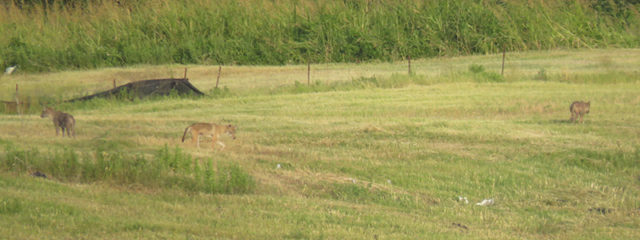
Click to enlarge
Timing is critical–the followup dose of ivermectin must be administered after whatever remaining eggs have hatched, simply before the new generation of mites tin lay eggs of their own. Much dedication and skill–plus a good bargain of luck–is required to pull this off. It is a very hard thing to do.
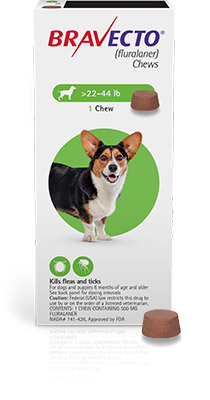
Recently a new medicine has become bachelor that has the potential to exist much more practical. Bravecto is more than forgiving than ivermectin when it comes to dosing. That means multiple or unintended treatments are not as much of a business as they are with ivermectin. Bravecto is also constructive long enough to kill multiple generations of the mites that crusade mange, then only ane handling is require to successfully treat a Coyote for the disease. Delivering Bravecto to an infected animal is nevertheless not trivial, just information technology is incomparably easier than the culling.
The main obstacle to using Bravecto is that a prescription is required. So, in social club to care for an afflicted Coyote, a licensed veterinarian must be recruited to the cause. A certain professional person reluctance is understandable.
Being that it is and then challenging to deliver medicine to wild Coyotes, one might wonder if trapping them and treating in captivity would be a amend selection. Unfortunately, it is not.
Coyotes are very clever, and they are very cautious. These characteristics make Coyotes extremely hard to capture. Even when a skilled trapper is able to coax a struggling Coyote into a live-trap, the effect is still unlikely to be positive. Existence live-trapped is very stressful for Coyotes. The captured animal may injure itself trying to escape. Or, weakened by mange, an extended menstruation of time in a trap my prove also much for a sick Coyote.
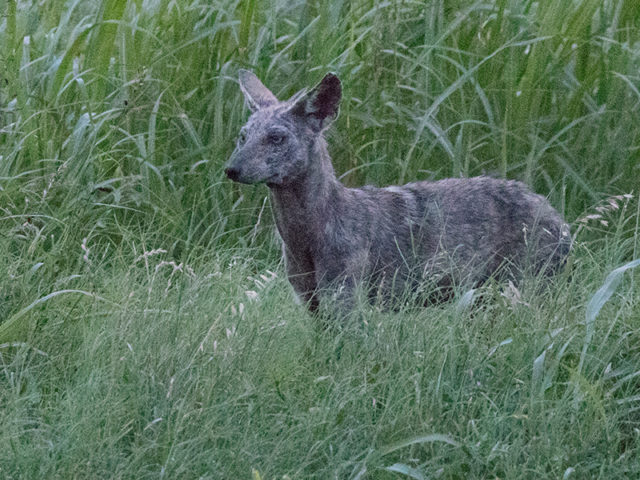
Farther, Coyotes practice non exercise well in captivity. They require specialized enclosures and handling techniques. When kept in cages, Coyotes footstep endlessly looking for a way to escape. The level of stress they endure in an enclosure is non conducive to recovering from a disease similar mange. And through it all, Coyotes kept in captivity must retain a salubrious fear of humans if they are ever to be released dorsum into the wild. In short, when attempting to care for a Coyote in captivity, the cure may prove to be worse than the disease.
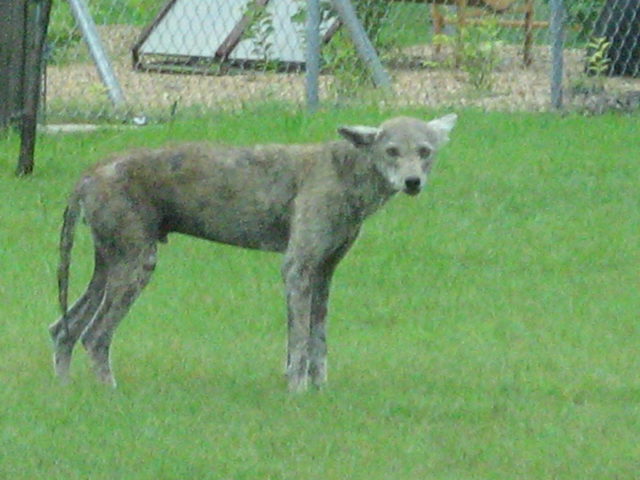
Helping wild Coyotes with mange is possible. I've seen it achieved with some level of success. But information technology is a full time chore. The effort requires resources, patience, luck, and dedication that few of u.s. are able to muster. And because the disease continues to be in the ecosystem, the likelihood a reinfection is a real possibility. This is but not a task for the faint of middle.
Further Reading
- The handling of sarcoptic mange in wild fauna: a systematic review
Source: https://dfwurbanwildlife.com/2019/11/07/chris-jacksons-dfw-urban-wildlife/why-its-challenging-to-treat-coyotes-with-mange/
0 Response to "what to do with a coyote with mange"
Post a Comment